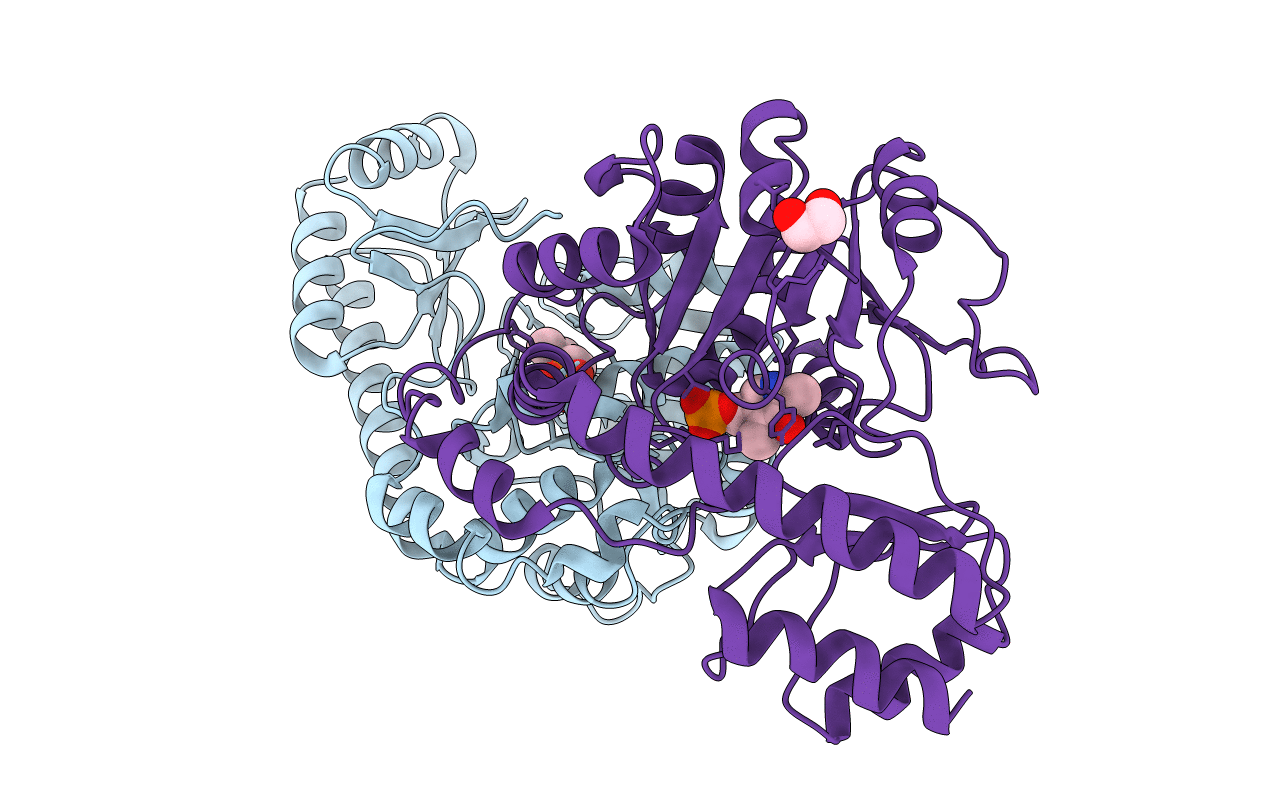
Deposition Date
2003-12-13
Release Date
2004-03-18
Last Version Date
2023-12-13
Entry Detail
PDB ID:
1UU2
Keywords:
Title:
Histidinol-phosphate aminotransferase (HisC) from Thermotoga maritima (apo-form)
Biological Source:
Source Organism:
THERMOTOGA MARITIMA (Taxon ID: 2336)
Host Organism:
Method Details:
Experimental Method:
Resolution:
2.80 Å
R-Value Free:
0.28
R-Value Work:
0.23
R-Value Observed:
0.23
Space Group:
P 21 21 21


